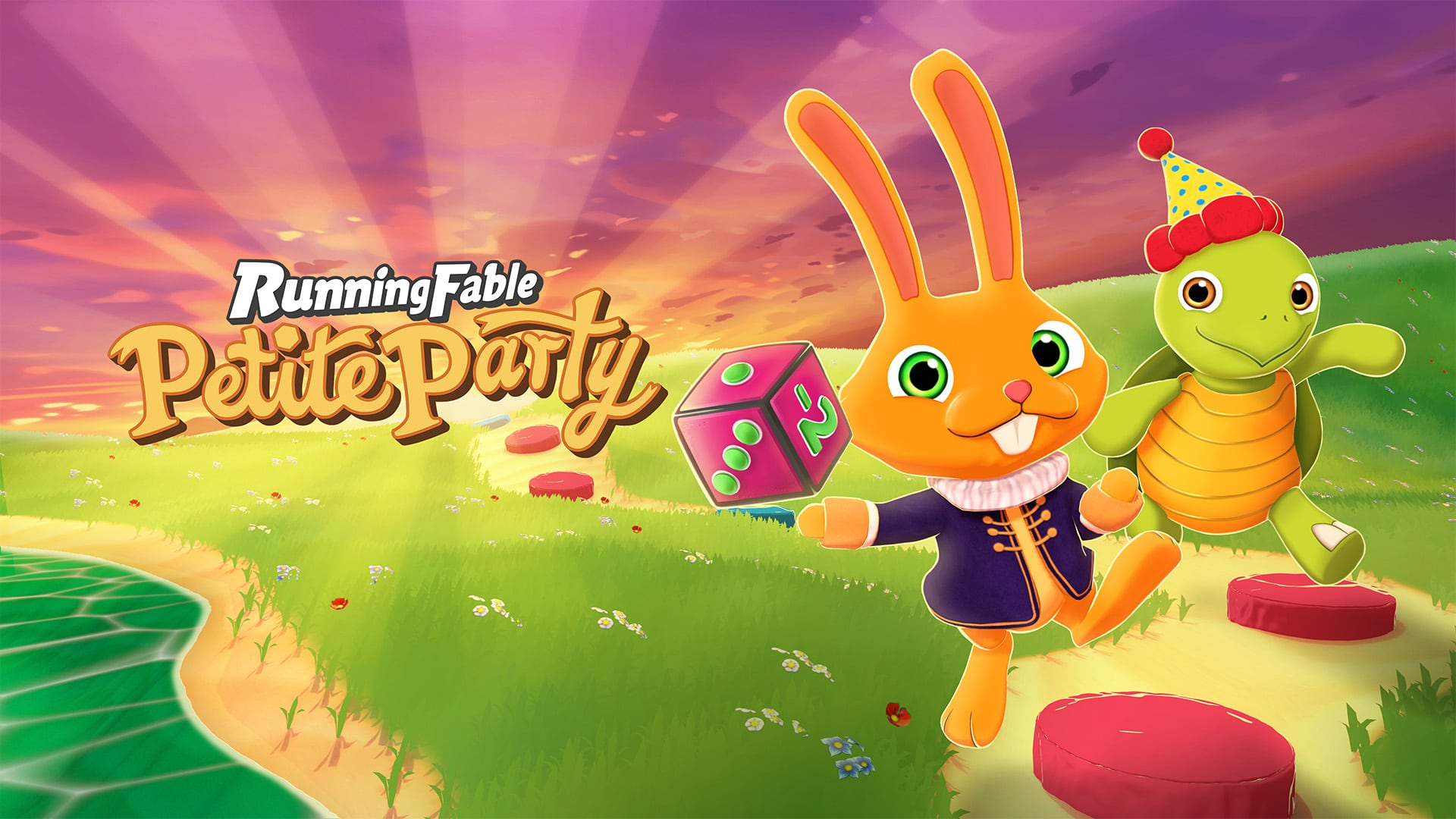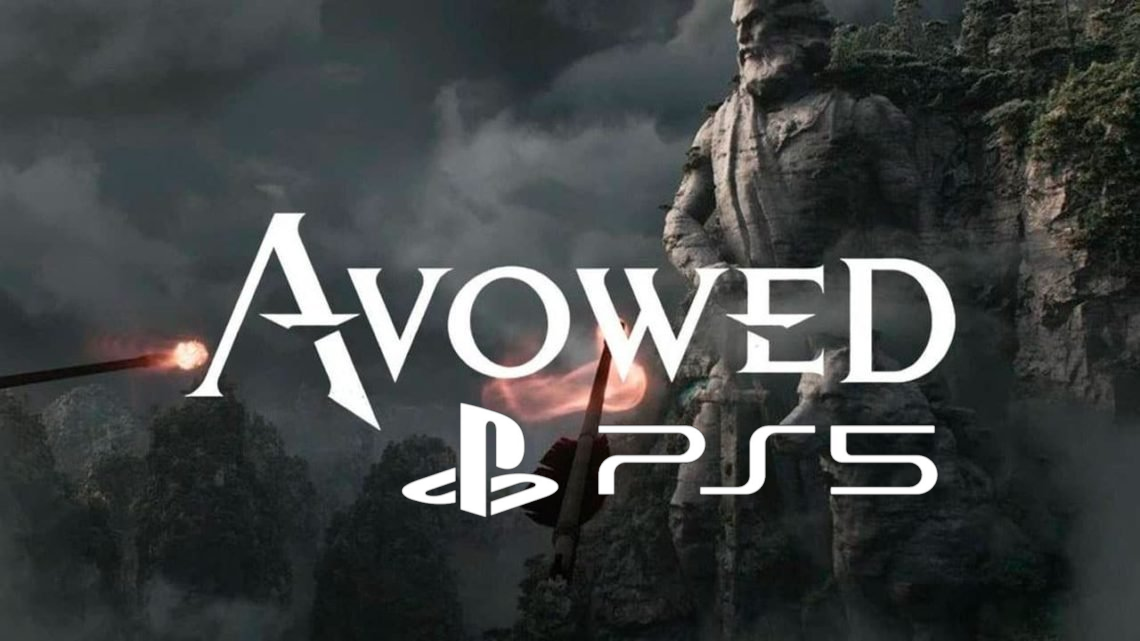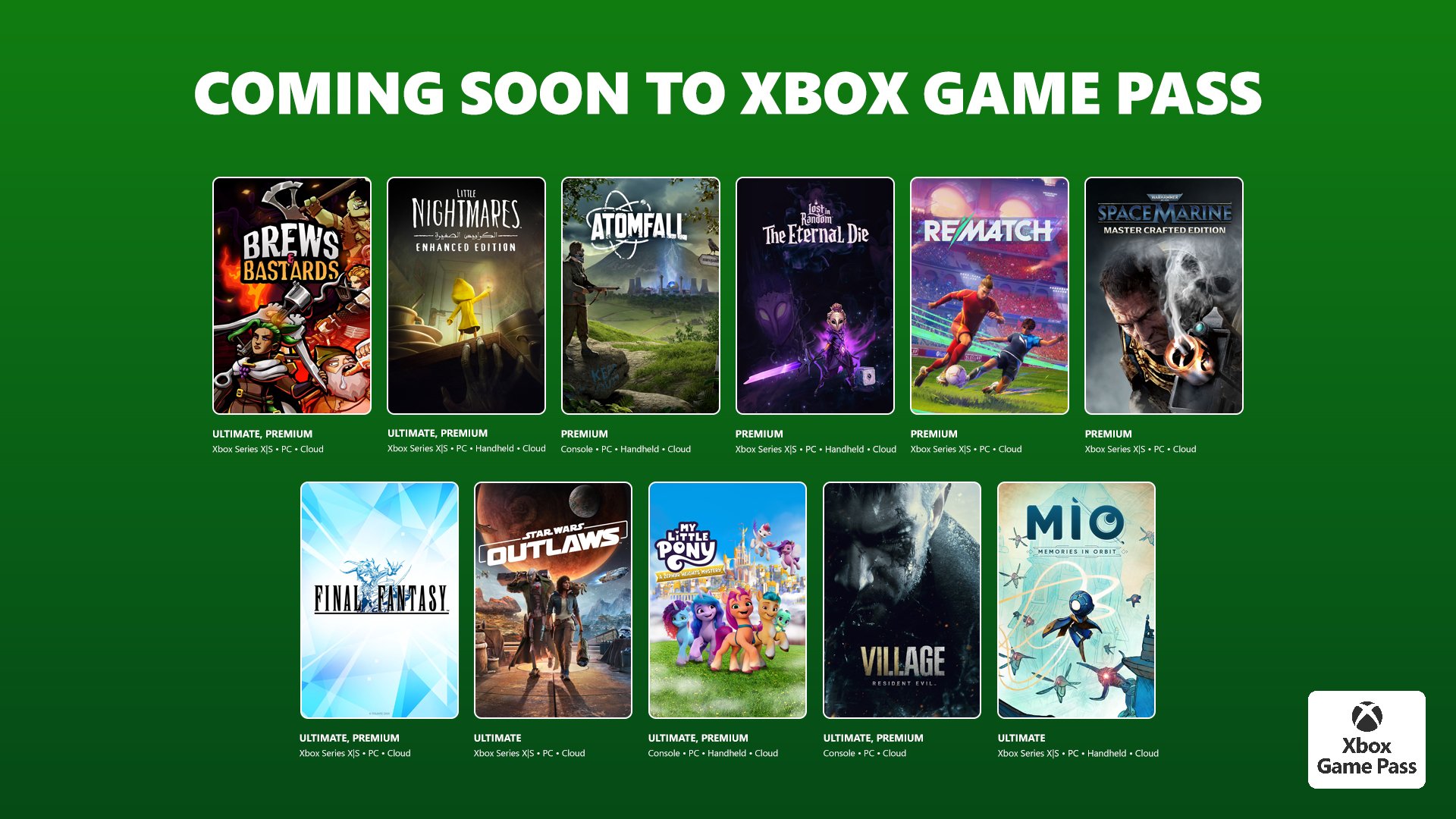Akira Toriyama was one of the most influential manga artists and character designers of our time before his untimely passing very recently. Not only was he the creator of Dragon Ball which helped bring anime to the mainstream around the world, but he was also the character designer for the Dragon Quest series and the iconic Chrono Trigger. Toriyama is known for his distinct style with characters across the many properties he has worked on and that was no different in his original manga series Sand Land which released back in 2000. While it has been many years since the manga was released now, the series has finally received an anime adaptation that also has a game accompanying it simply named Sand Land.
Exploring the Wasteland
Coming from the mind of Toriyama, you know that one area the game will be strong in is the world and character designs, which do not disappoint. The colorful art style that has become Toriyama’s signature over the years is ever-present and looks fantastic. Anime is definitely one of the best mediums to transfer to a game visually and it works very well here. It imbues a similar style to the Dragon Quest series naturally, though the wastelands do feel a bit more lifeless and lacking in character compared to something such as Dragon Quest XI.
The Sand Land anime to this point consists of two arcs, one that retells the story of a movie that released last year in longer form and a second arc that takes place afterward. Thankfully, the Sand Land game includes both of these story arcs in the game, starting with the movie retelling. The world of Sand Land is a wasteland after years of war and lack of water, which is only getting worse as the king starts to hoard water and make it nearly impossible for people to obtain. This leads Sheriff Rao to search out the demons of Sand Land, who the humans usually keep far away from, in the hopes they will help him find a Legendary Spring.
The lead demon in the story is Beelzebub, son of Lucifer and prince of the demons, who agrees to go on this adventure with Rao, along with his pal Thief. They eventually run across another character named Ann, a deft mechanic who becomes very important to their journey when it comes to fixing and upgrading vehicles, though she does not become what the game considers as a party member until much later. You will run across many wacky characters as you would come to expect from Toriyama along the way, which makes the adventure all the more exciting. More a reflection of Toriyama’s creation in the original manga, I love how well-rounded the characters are here, with Rao truly serving as the main protagonist story-wise instead of the assumed Beelzebub, even if he isn’t the playable character.

As aforementioned, this game covers the events of the anime episodes based on the recent movie, as well as the following arc that takes place in the Forest Land. The game makes a major change though by introducing Ann early on in the story compared to her not showing up until the seventh episode of 13 total episodes in the anime. This is a pretty big change with the banter between the characters by adding Ann, but it worked to the betterment of the game by allowing the character to grow better alongside the others from an early point rather than not being introduced until the second story arc entirely. With her being from the Forest Land, this serves as a nice transition into that second story to the point where they do not feel as disjointed as they may have felt otherwise.
While you will have all four of these characters traveling around in the game, do not expect to be playing as each of them as you are likely accustomed to in similar games. Rather than having a party of all four characters for you to use in battle, the combat itself is centered around Beelzebub, who you also control through most of the game. There are some stealth sections that let you play as someone besides Beelzebub, but these are few and far between thankfully as they are not very well designed overall and feel more like filler than anything else. Even with the other party members not being playable, they come in very handy in the game via the game’s skill system.
Beelzebub’s combat is very standard for an action RPG at the start, with you having access to weak and strong melee attacks, as well as the ability to jump and dodge away from the enemies. Like mentioned before with the allies, the skill system is where things really start to get interesting regarding Beelzebub’s gameplay as well.
Sand Land has a skill system that you can upgrade continually as you earn more skill points. These are earned by leveling up, so you always know when is the right time to go and unlock new skills. Special attacks that you unlock for Beelzebub are able to be assigned to the face buttons and accessed by holding down R1 in battle and pressing the accompanying face button. Similarly, there are ally skills that you can assign and use by holding down L1 in battle.

The skills you can unlock come in two varieties, active and passive skills. As you would assume, active skills are actually assigned for use in battle while the passive ones take effect as soon as they are unlocked. Beelzebub has his own Skill Points while the allies share one pool of skill points, so it’s wise to check out what each ally has available for the best overall setup. One thing I really appreciated is that even if you are not able to unlock all skills from the start, you can view most of them to see what is coming to help decide which path you may want to take on the semi-skill tree that the game utilizes.
Adding new moves to Beelzebub’s repertoire while also being able to utilize the ally skills adds a lot to the gameplay over time, though it still never reaches the heights of other similar RPGs skillset-wise overall. Having more options to play as other characters could have added a little more variety here, as well as perhaps having more allies to help as well.
Beyond the typical combat you’d expect in an action RPG, Sand Land has a lot of vehicle-based combat from tanks and other vehicle types. After you user a very basic traversal vehicle you get at the beginning of the game to make your way to the first missions, you finally get a tank a little further in that changes up the gameplay quite a bit. The vehicle-based combat is quite fun, as you get to move around freely and shoot enemies with whichever weapons you happen to have equipped. When you are in a vehicle though, the game’s reload system can be very frustrating.

Playing any game with a reload mechanic, you are used to having to wait a few seconds for a reload and then starting back, even interrupting the reload if need be for a less-than-full reload. However, Sand Land does a full-scale reload regardless of whether you use all the ammo or press reload, which can leave you very vulnerable at times. I would have much preferred to be able to start shooting again as long as you have recovered one missile rather than having to be fully loaded. This is how pretty much every other reload system works, as it lets you jump back into action quicker by only refilling part of your ammo, but they chose to go with an all-or-nothing approach here for some weird reason.
Another more minor annoyance in Sand Land related to the vehicles did start to happen very often when driving around and then exiting a vehicle to do something and then returning to said vehicle. If you had a conversation going while in the vehicle, it would typically stop said conversation upon your departing the vehicle. Rather than be a bit more dynamic in games like the recent God of War games where the story would pick up where you left off, it would instead start over every time as if you hadn’t ever started it. This would be fine if it happened just a time or two, but when you’re getting out a lot, it can start to get grating. This also isn’t helped by there being a limited number of conversation dialogues between characters in the game, to where they get repetitive very quickly.
Once you reach the town of Spino not too far into the game, you will get access to the garage. With this, you start to have a lot more options at your disposal when it comes to vehicles including the ability to create, upgrade, and switch vehicle parts or switch vehicles outright. Your garage can store up to five vehicles, each of which can be upgraded overall and with their chip slot. Doing so requires the right parts to level up though, which gradually increase with each new level. This starts with simple parts like B-Grade Steel and such, but later requires much harder-to-obtain materials like Superhard Alloys and such to level one up to the max of level 30.

Vehicles also have numerous parts to customize, which can be very important to set before going into battle. This includes parts like the primary and secondary weapons, the engine, and EX chips. These parts can be obtained throughout your adventure, so it’s always wise to see what you have collected and continue to upgrade as you play. These individual parts can even be upgraded themselves too using the same types of materials as the vehicle itself. I think this could have been separated a bit more to where certain materials were focused on the main vehicle and others on the parts so that you have two separate pools to select from, but it still works well enough here.
What I really love about Sand Land is the versatility of the different vehicles that you can get and use in your journey well beyond the tank you initially find. This includes vehicles such as battle armor and motorcycles, as well as numerous variants on those that give you extra abilities like to jump much higher. I even really loved the inclusion of the raptor that you could use in the desert to safely traverse without worrying about taking damage from other enemies, though knowing the raptor will run away if it takes damage as well. You can really switch up your playthroughs of the game by utilizing different vehicles, each of which you can hold in your storage capsule and switch with relative ease minus the raptors that are found out in the wild.
The previously mentioned town of Spino itself serves as your main hub that you will keep returning to and it grows with you as you complete various sidequests that unlock new building and townsfolk as well. This reminded me of some games like Ni No Kuni 2 and such with the town-building element, but handled in a very different way by being tied solely to sidequests. I did like that growing Spino served as a sidequest overall, allowing you to mostly skip it if you do not want to bother and instead focus on the main story, as town builder features are definitely not for everyone. Unfortunately, the sidequests associated with this definitely could have used a lot more love and care with their design, as the simple fetch quests or killing enemy quests quickly began to feel very monotonous and boring.

Besides the art style, one thing that reminded me of Dragon Quest was very early on coming across an enemy in the open that I had no chance at fighting at that point of the game. This took me back to my first time playing Dragon Quest VIII and getting destroyed by a giant dinosaur enemy, especially since this enemy was also a dinosaur creature. Little things like this have stuck with me over the years and were memorable in this one, causing me to later come back to challenge said enemies when I could take them down.
It took a long time for Sand Land to transition from manga to other mediums, but I am certainly glad we have gotten the opportunity now to appreciate another of Toriyama’s creations in multiple ways after his passing. Sand Land as a game is a solid action RPG that tries some new things with the vehicle-based combat on top of a standard regular combat system, albeit with some flaws, along with keeping you invested for much longer through the captivating story largely propelled by the likable characters themselves. For those who have watched the anime and want to explore this world or those who know absolutely nothing about the story going in, Sand Land is a worthwhile experience for anybody looking for a fairly safe RPG that will give them about 20-30 hours of gameplay overall, even more so if they appreciate the art style of Toriyama.
Score: 8/10
Pros:
- Enjoyable narrative and characters across both story arcs
- Vehicle combat is refreshing
- Earlier introduction of Ann
- Toriyama’s art style
Cons:
- Only one truly playable character
- Reloading system in vehicles
- Repetitive conversations







